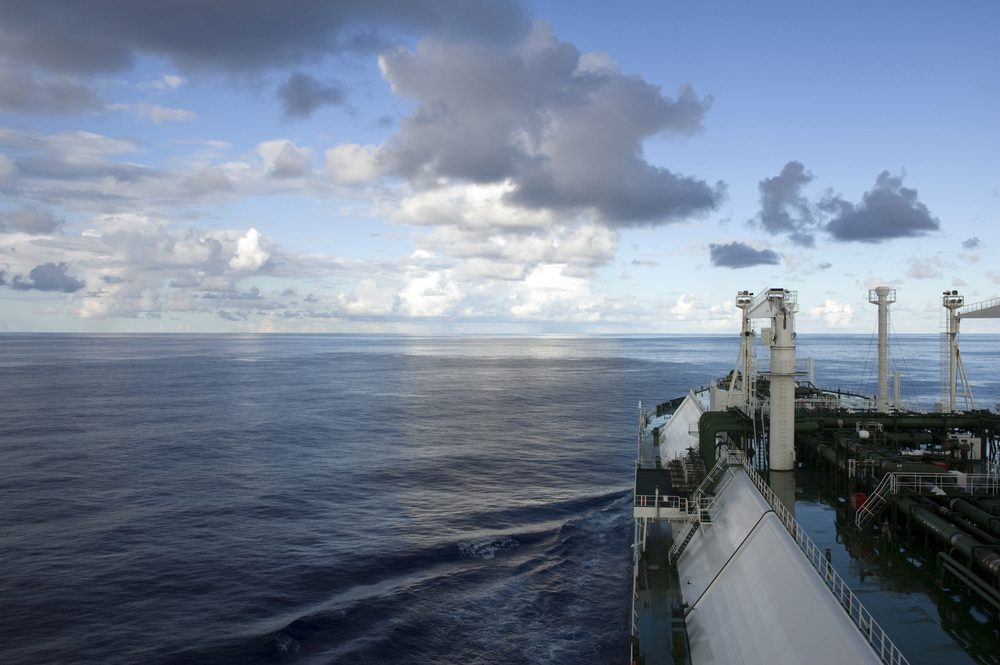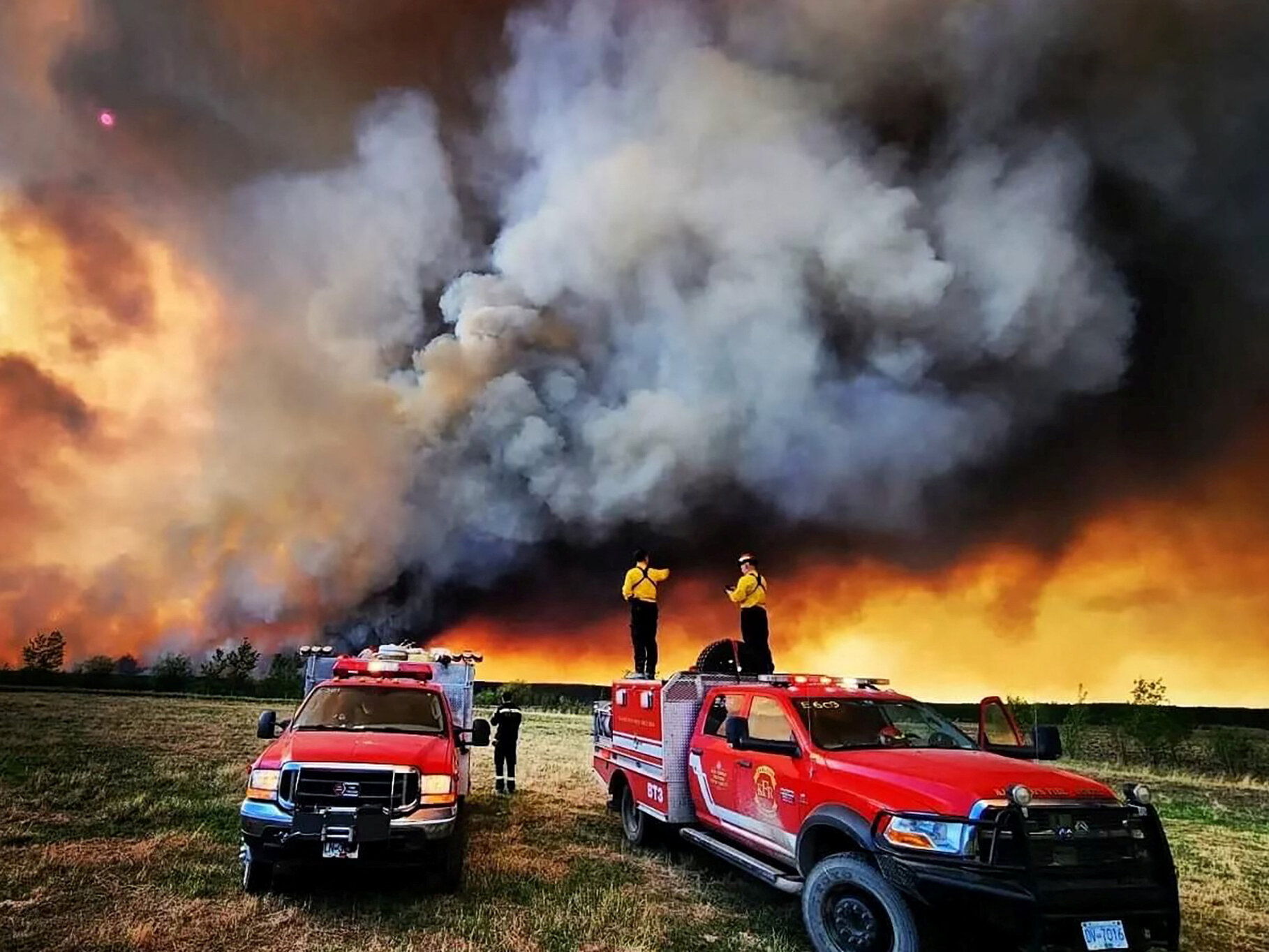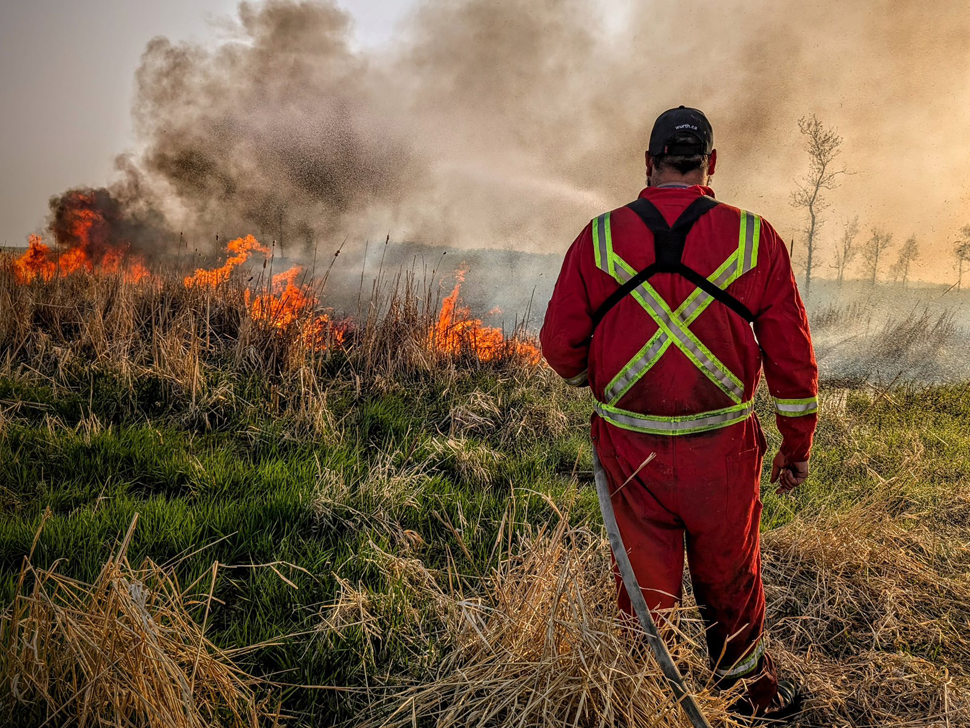Five Major LNG Projects In British Columbia: Progress And Challenges

Table of Contents
Project 1: LNG Canada – Progress and Hurdles
Current Status:
LNG Canada, located in Kitimat, is the first large-scale LNG export facility currently operational in British Columbia. Construction concluded in 2025, and the facility began exporting LNG in late 2025. This project represents a significant milestone for BC’s LNG ambitions, demonstrating the province’s ability to attract major international investment and successfully navigate complex regulatory processes. Key milestones included securing environmental approvals, finalizing financing agreements, and completing the construction of the massive liquefaction plant and related infrastructure.
Environmental Concerns:
The project underwent rigorous environmental impact assessments (EIAs) addressing potential greenhouse gas (GHG) emissions, effects on local wildlife (including salmon populations), and water usage. Mitigation strategies were implemented to minimize environmental impacts, including measures to reduce GHG emissions through carbon capture and storage technologies. Ongoing monitoring programs are in place to assess the facility's environmental performance.
Economic Impacts:
LNG Canada is expected to generate thousands of direct and indirect jobs during construction and operation. The project contributes significantly to provincial tax revenue and stimulates economic activity in northern BC. However, potential challenges remain, including managing fluctuations in global LNG prices, which can affect profitability.
- Key Facts: Operational, significant job creation, substantial tax revenue, ongoing environmental monitoring.
- Challenges: Managing global LNG price volatility.
Project 2: Coastal GasLink Pipeline – Progress and Hurdles
Current Status:
The Coastal GasLink pipeline is a crucial piece of infrastructure supporting several LNG projects in BC. The pipeline transports natural gas from the northeast of the province to the LNG Canada facility in Kitimat. Construction faced significant delays and protests related to Indigenous land rights and environmental concerns, impacting project timelines and costs.
Environmental Concerns:
Environmental concerns centered on potential impacts on waterways, wildlife habitats, and greenhouse gas emissions associated with pipeline construction and operation. Extensive consultations with Indigenous communities were undertaken to address concerns and develop mitigation measures.
Economic Impacts:
The pipeline project created numerous jobs during its construction phase and will continue to support employment through operation and maintenance. It's vital for the economic viability of several LNG export terminals in the province.
- Key Facts: Completed, supports multiple LNG projects, significant job creation during construction.
- Challenges: Delays due to protests and regulatory hurdles.
Project 3: Woodfibre LNG – Progress and Hurdles
Current Status:
Woodfibre LNG, located near Squamish, is a smaller-scale LNG facility focusing on supplying Asian markets. The project has obtained environmental approvals and is currently operational.
Environmental Concerns:
Woodfibre LNG has emphasized minimizing its environmental footprint through advanced technologies and environmental mitigation plans. Concerns centered on potential impacts on air quality, water quality, and noise levels.
Economic Impacts:
The project promises job creation in the Squamish region and will contribute to the local economy through tax revenues.
- Key Facts: Operational, reduced environmental impact compared to larger facilities, localized economic benefits.
- Challenges: Competition from larger LNG projects.
Project 4: Cedar LNG – Progress and Hurdles
Current Status:
Cedar LNG, proposed for the Prince Rupert area, is currently in the planning stages. The project faces significant hurdles in securing financing and regulatory approvals.
Environmental Concerns:
Environmental concerns will be a major focus during the regulatory review process, with particular attention paid to potential impacts on sensitive marine ecosystems.
Economic Impacts:
If approved and built, the project is projected to create substantial economic benefits for the region and province.
- Key Facts: In planning stages, facing significant regulatory hurdles.
- Challenges: Securing financing, obtaining environmental approvals, overcoming market uncertainties.
Project 5: Pacific NorthWest LNG – Progress and Hurdles
Current Status:
The Pacific NorthWest LNG project, once proposed for Lelu Island, is currently inactive. The project was abandoned due to a variety of factors including regulatory challenges, changes in the global LNG market, and insufficient investment.
Environmental Concerns:
Significant controversy surrounded the project's potential environmental impacts on the ecologically sensitive Lelu Island.
Economic Impacts:
The project's abandonment represents a missed opportunity for economic growth in the region.
- Key Facts: Project abandoned, highlights challenges in navigating regulatory processes and securing financing.
- Challenges: Regulatory hurdles, market fluctuations, financing difficulties.
Common Challenges Across BC LNG Projects
Regulatory Hurdles:
All LNG projects in BC face complex regulatory hurdles, including obtaining necessary permits, fulfilling environmental impact assessments, and consulting with Indigenous communities. These processes can be lengthy and demanding, resulting in delays and increased costs.
Infrastructure Needs:
The development of LNG requires significant infrastructure investments, including pipelines, ports, and transportation networks. Constructing and upgrading this infrastructure presents logistical and financial challenges.
Global Market Dynamics:
The global LNG market is subject to volatility, influenced by factors like global energy demand, geopolitical events, and competition from other LNG producing regions. Fluctuations in LNG prices can affect the profitability and viability of LNG projects.
- Key Common Challenges: Regulatory approvals, Indigenous consultation, pipeline infrastructure, port capacity, global LNG market volatility.
Conclusion:
The development of LNG in British Columbia presents both significant opportunities and substantial challenges. The five major projects discussed above demonstrate the complex interplay between economic development, environmental protection, and regulatory frameworks. While projects like LNG Canada have achieved operational success, others like Pacific NorthWest LNG highlight the difficulties of navigating complex regulatory processes, securing financing, and managing market fluctuations. Understanding these factors is crucial for assessing the future of the British Columbia LNG industry. Stay informed about the evolving landscape of LNG projects in British Columbia by exploring further resources.

Featured Posts
-
 Elon Musks Daughters Modeling Career A Public Departure
May 30, 2025
Elon Musks Daughters Modeling Career A Public Departure
May 30, 2025 -
 Deborra Lee Furnesss Perspective Post Divorce Life After Hugh Jackman
May 30, 2025
Deborra Lee Furnesss Perspective Post Divorce Life After Hugh Jackman
May 30, 2025 -
 Getting Tickets To A Gorillaz Full Album Concert In London
May 30, 2025
Getting Tickets To A Gorillaz Full Album Concert In London
May 30, 2025 -
 Chinas Slowdown Impact On Nvidias Growth And Future Forecast
May 30, 2025
Chinas Slowdown Impact On Nvidias Growth And Future Forecast
May 30, 2025 -
 Fan Favorite Avenger Uninvited Post Endgame Franchise Status
May 30, 2025
Fan Favorite Avenger Uninvited Post Endgame Franchise Status
May 30, 2025
Latest Posts
-
 Health Impacts Of Canadian Wildfire Smoke On Minnesota
May 31, 2025
Health Impacts Of Canadian Wildfire Smoke On Minnesota
May 31, 2025 -
 Dangerous Air Quality In Minnesota Due To Canadian Wildfires
May 31, 2025
Dangerous Air Quality In Minnesota Due To Canadian Wildfires
May 31, 2025 -
 Canadian Wildfires Cause Dangerous Air In Minnesota
May 31, 2025
Canadian Wildfires Cause Dangerous Air In Minnesota
May 31, 2025 -
 Eastern Manitoba Wildfires Rage Crews Struggle For Control
May 31, 2025
Eastern Manitoba Wildfires Rage Crews Struggle For Control
May 31, 2025 -
 Homes Lost Lives Disrupted The Newfoundland Wildfire Crisis
May 31, 2025
Homes Lost Lives Disrupted The Newfoundland Wildfire Crisis
May 31, 2025
